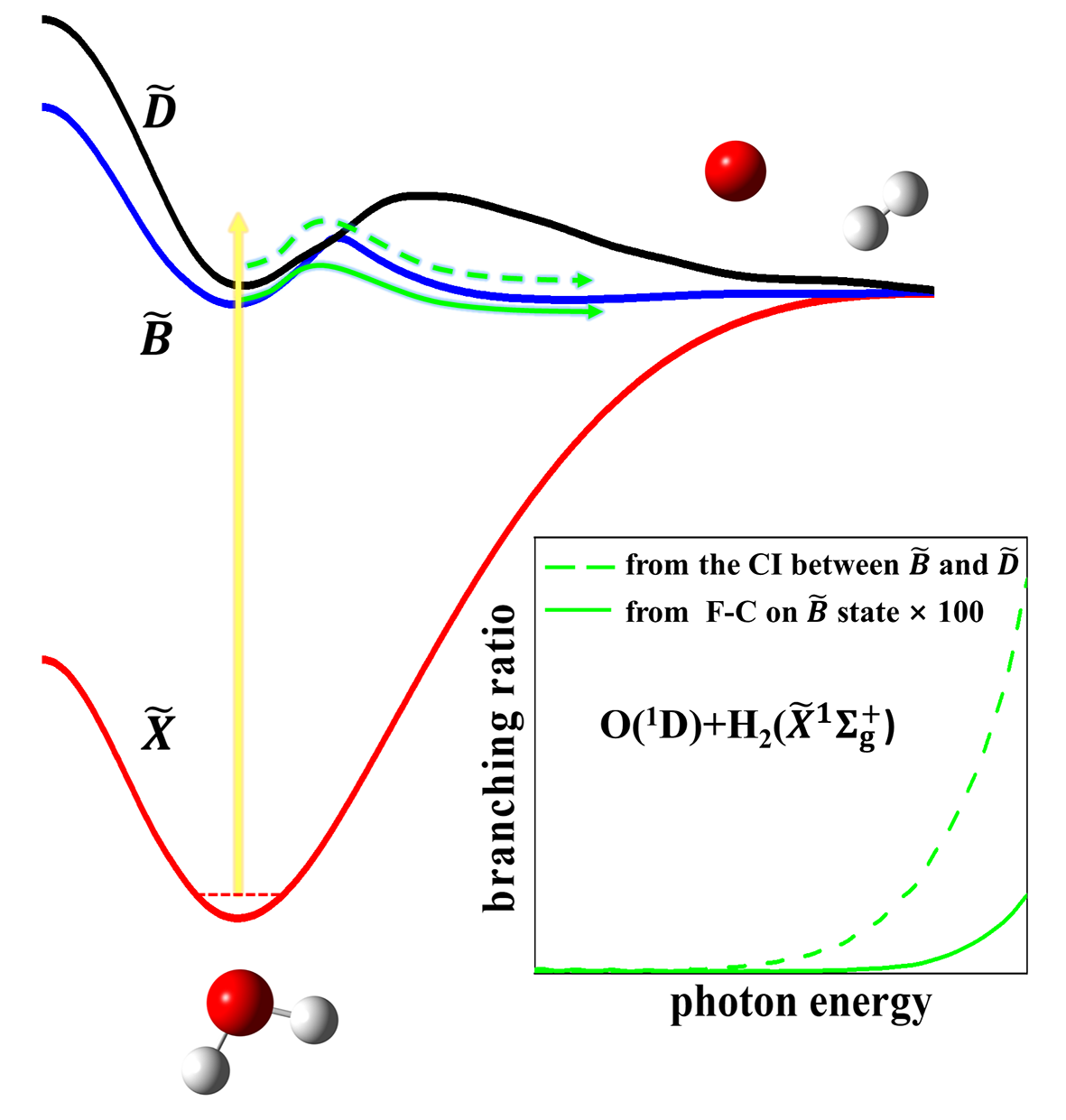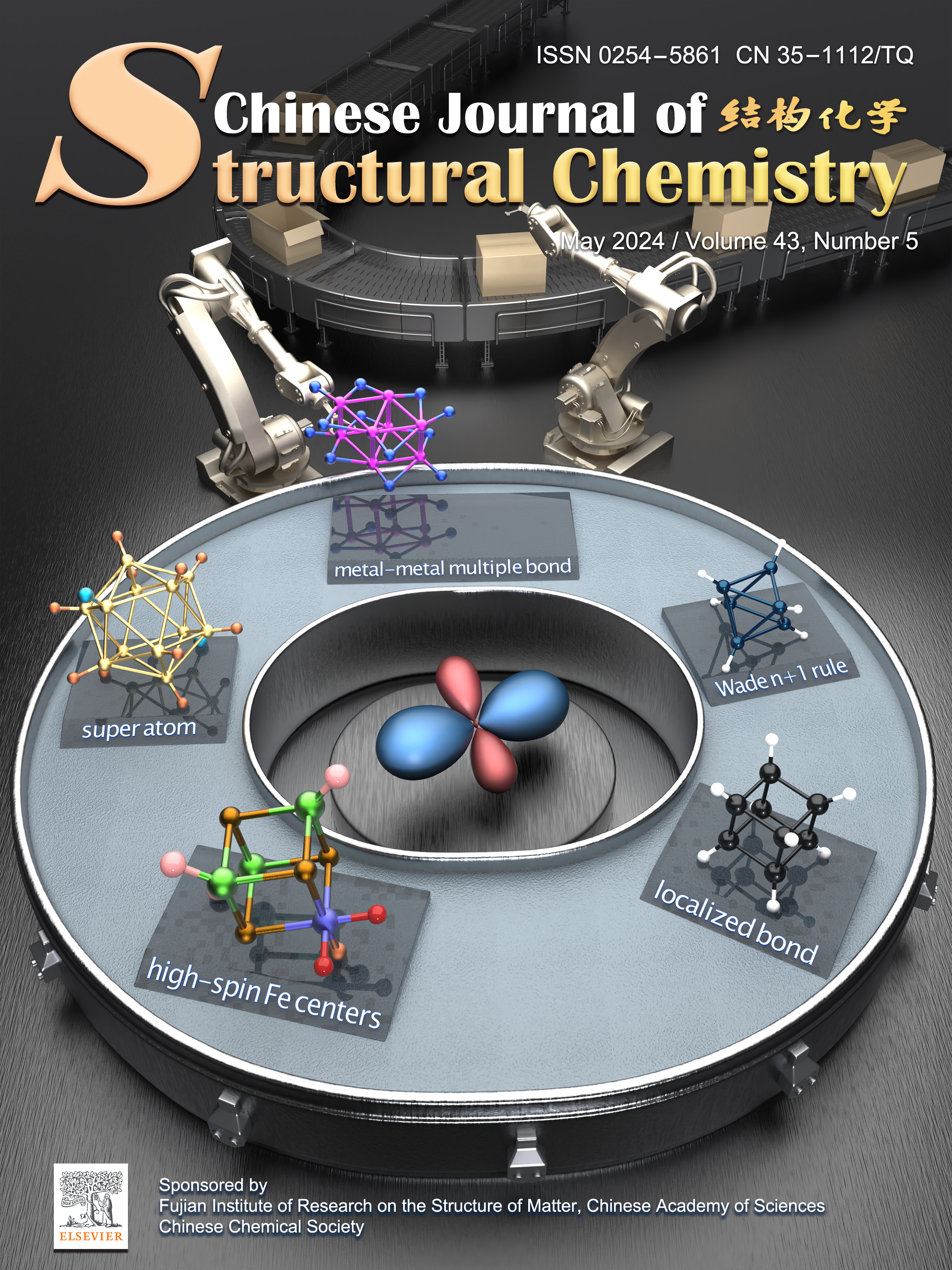首页>List of Issues>2024>May 2024
| Vol. 43, Issue 5
>
Short Communication
< PREV
Short Communication
NEXT >
The microscopic formation mechanism of O + H2 products from photodissociation of H2O
Yubang Li, Xixi Hu*, Daiqian Xie*
Chin. J. Struct. Chem., 2024, 43: 100274. DOI: 10.1016/j.cjsc.2024.100274
May 15, 2024
ABSTRACT
In conclusion, a set of high-accuracy global coupled PESs of X ̃ and B ̃ state of H2O has been improved by adding more ab initio points in O+H2 channel to the previous calculation data reported by Jiang et al. and fitting all points by the PIP-NN method. The structural, energetic and spectroscopic properties of PESs are in good agreement with experimental measurements. The quantum dynamical calculations were implemented by using a Chebyshev real wave packet method, and the total cross section is consistent with the latest experimental measurements. The branching ratio of hydrogen generation is very small, and the product H2 mainly distributes at the vibrational ground state with only X ̃ and B ̃ states considered. While diverting the initial wave packet from Frank-Condon region to B ̃-D ̃ conical intersection, the calculated branching ratio of H2 generation channel increases obviously, which indicates an important role of higher D ̃ state on the dynamics for O+H2 channel. It should be pointed out that a more accurate dynamical characterization of the X ̃-B ̃-D ̃ three-state model as well as more experimental work will be helpful to better understand the production of O(1D)+H2(X ̃1~Σg+ ) from water photodissociation at different wavelengths.








